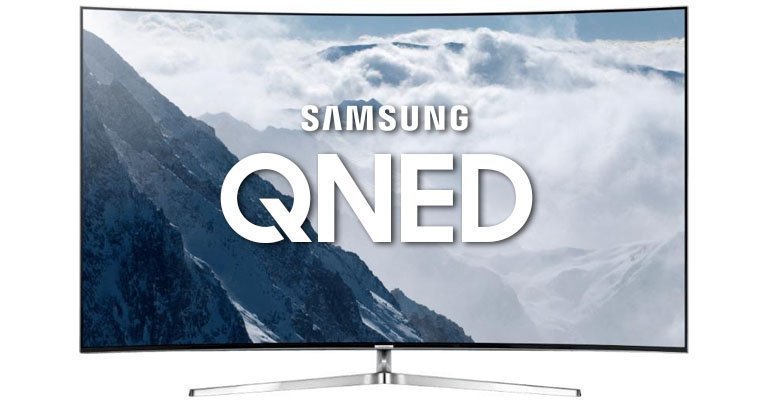Samsung Display is said to be close to “wrapping up” development of its next-generation quantum dot nanorod LED display panel technology.

That's according to a report from the South Korean tech news website The Elec this week, which revealed Samsung Display was putting the finishing touches to its work on ensuring “screen uniformity”, citing research from the analyst firm UBI Research.
The development of Samsung’s QNED display tech is top secret of course, but UBI Research has studied numerous patent applications to determine exactly what the company is up to.
Those patents are said to show the structure of the QNED panels. According to UBI Research, QNED stacks quantum dots and colour filter layers, which are used for colour conversion, with nanorod LEDs on top of thin-film transistors. The TFTs are said t share the same “3 transistors and 1 capacitor” characteristics of TFTs used in large OLED panels.
The TFTs act as switches that turn the individual nanorod LEDs on and off. It’s a newer technology that replaces the printed circuit boards, allowing the LEDs to be packed closer together.
One of the differences between QNED and OLED is that the former has pixel electrodes and electrode lines located on the same plane. That's in contrast to OLED, where they are located on top of and below the light emitting materials.
QNED also has a extra reflective electrode that serves to boost light output efficiency, The Elec stated in its report. In addition, the pixel electrodes can also act as “alignment electrodes” for the nanorod LEDs.
The main advantage of QNED is that the panel supplies electrical current to each pixel on the display, allowing for more "uniform luminosity" across the entire screen, even if the number of nanorod LEDs on each pixel differs. That’s because it uses sensing transistors to analyze and correct the current sent to each pixel.
Samsung Display also uses sensing technologies in QNED production. The panels are printed using the inkjet process, and during production it uses sensors to detect how many nanorod LEDs are in the ink, the viscosity of the solvent, and the number of nanorod LEDs sprayed onto the substrate. The pixels are then self-aligned using an electric signal. Their alignment state is carefully analysed using more sensors to ensure this is done accurately.
Samsung Display reportedly has high hopes for its QNED technology, and has previously said that it promises to deliver superior contrast ratios, higher brightness and faster response times compared to the most advanced display technologies today, including OLED and even its own incredibly expensive Micro-LED displays.
UBI Research said in its research note that Samsung Display is pinning its hopes on QNED because it is the only display technology conceived so far that can produce an image quality that satisfies its parent company, and biggest customer, Samsung Electronics.
Samsung Electronics has long been keen to come up with an OLED-beating display technology to rival LG Electronics. That explains its pursuit of MicroLED too, but the problem with that technology is it’s still incredibly expensive and likely years away from becoming affordable enough for the majority of consumers.
Samsung Electronics is also set to launch its first QD-OLED TVs next year that meld quantum dots with regular OLED. However, it’s believed that Samsung was somewhat hesitant about doing this as it was fairly unimpressed with the technology. It only agreed to launch QD-OLED TVs as part of a deal it made with Samsung Display, in which its subsidiary agreed to keep making the older LCD panels it still needs for its lower-end TV sets.
UBI Research said Samsung believes QNED will offer a superior colour gamut to OLED, providing an affordable display that’s finally able to maximize HDR performance with higher luminance and excellent gradation.
There is another possible, and very intriguing advantage of QNED that has not yet been mentioned by Samsung, Samsung Display or UBI Research. Nanorod LEDs have in the past been noted for their ability to not only emit, but also detect light. Some analysts have suggested this unique characteristic could enable new possibilities for interacting with QNED displays, such as touch-free gestures or writing using a light pen, for example.
That's an enticing prospect, but note that just because Samsung Display is close to wrapping up QNED's development, it will still be some time before the technology can be launched commercially. The next step will be to produce prototypes and send these to customers for testing. It will then need to iron out kinks in the design. Only when customers are satisfied will Samsung Display invest in the equipment it needs to put QNED into mass production. That's likely still a good 2-3 years away, experts believe.